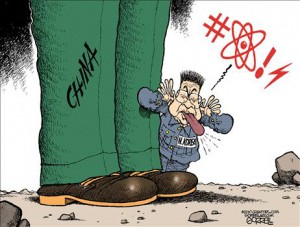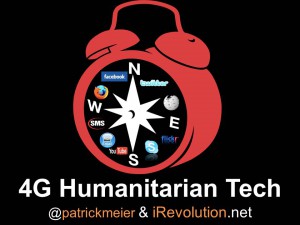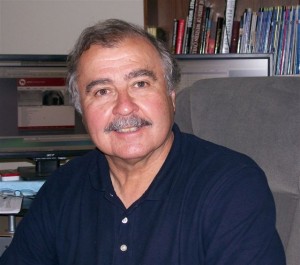
North Korea-China: Xinhua published remarks of Chinese State Councilor and former Foreign Minister Yang Jiechi and North Korean First Vice Foreign Minister Kim Kye Gwan, who held discussions today, 21 June.
“Yang said: Positive results have been achieved in the strategic dialogue between foreign affairs departments of the two countries. China is willing to work with the Democratic People's Republic of Korea (DPRK) to promote the sound and stable development of relations between the two countries. China insists on actualizing non-nuclearization of the Korean Peninsula, insists on maintaining peace and stability on the peninsula, and insists on resolving issues through dialogue and consultation. Currently, an easing momentum has emerged in the situation on the peninsula, which is nevertheless still complex and sensitive. It is hoped that all parties will actively engage in dialogue and contact, push for the situation to continue to turn better, and seek an early resumption of the six-party talks.”
“Kim said: Friendship between the DPRK and China has a long history. It is hoped that the two sides will inherit it and carry it forward. Non-nuclearization of the peninsula is the instruction left behind by President Kim Il-song and General Secretary Kim Chong-il. The DPRK hopes the situation on the peninsula will ease, insists on resolving issues through dialogue, and is willing to take part in various forms of dialogue including the six-party talks.”





